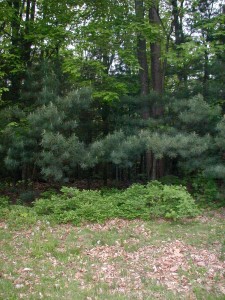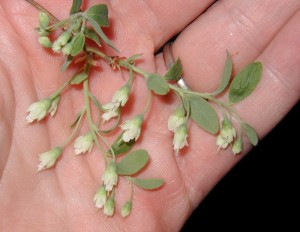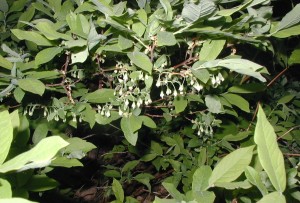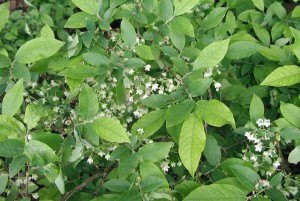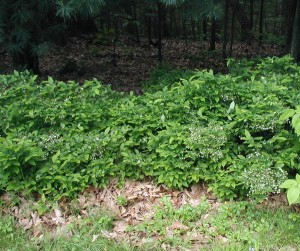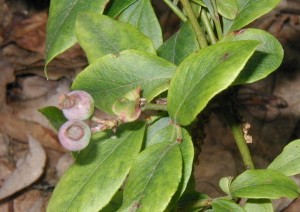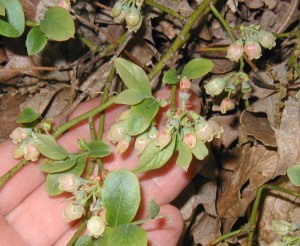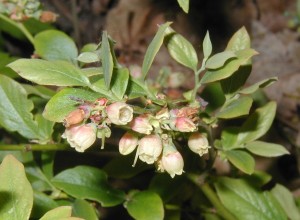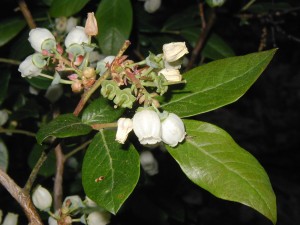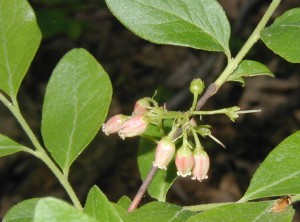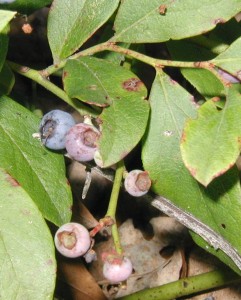Weeds are everywhere, so they are often overlooked. Most of us would think of dandelions or anything else growing in the grass as a weed, or point to any of the plants along the roadside as weeds. Our definition of a weed here at Wildeherb is:
A weed: any plant that is growing in the “wrong” place.
As our high school horticulture teacher taught us, a rose bush could be considered a weed if it was growing in the wrong place.
When a plant is identified as a weed, someone will pull it out, mow it down, or heaven forbid, spray it with chemicals to kill it. If everyone would spend less energy on all of the above, imagine the time and expense we all could save.
Weeds are kind of like cockroaches. They’ve been on this Green Earth long before humankind ever made the first fire to keep warm, and they’ll be here long after 2012. At least consider other options before polluting the Earth with nasty chemicals because your lawn or flower bed isn’t quite uniform. Being uniform isn’t very natural, and in my humble opinion, it looks pretty fake.
Major Pet Peave: Watching road crews spray chemicals at the base of road signs or seeing the dead brown mass of plants afterward! Isn’t there a better solution? Right away, I’d vote for fewer signs. How about putting down some stone or mulch that wouldn’t interfere with mowing? Why not plant a ground cover that won’t grow as tall as the other weeds that need to be mowed? With millions of miles of roads in the U.S.A. this is a problem of immense proportions looking for a green solution. We need to find better, healthier alternatives to the way we do things! <Rant over…back to my own weed “problems”.>
Just a couple weeks ago I chopped down two trees that I had planted about six years ago. They were pretty Sargent Crabapple trees, but they were in the wrong place. Hence, these weeds were removed.
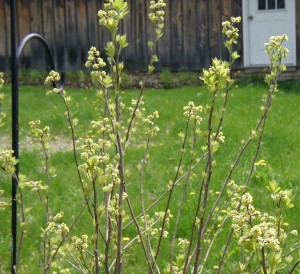
We’re surrounded by the forest, so we really didn’t need more trees filling in the most sunny places we have. The little foot tall saplings were planted there until I found the right place to move them. The trees were beautiful this Spring when blooming, but that wasn’t enough of a reason to keep them. They were taking up more sunny real estate than five blueberry bushes!
I thought about digging them up for a friend who admired the sprawling crabapples, but that seemed like waaaay too much work. Besides, she could get her own set of ten trees just by signing up for the Arbor Day Foundation. At $1 per tree it’s a deal that can’t be beat.
The Sargent Crabapple, Malus sargentii, grows wider than it does tall. These “little” trees had most branches less than an inch in diameter, so I used a pair of loppers to tackle the job. Each tree had a spread of 10-12 feet. They took up too much space in the sunny spot, so they had to go. If the root ball had spread out like the limbs did, we could have had a fish pond if I bothered to dig them up instead of cutting them down. Too late!
Today, there are cabbages growing adjacent to where the crabapples stood. Moss roses or portulaca adorn the area, too.
The dog was helping me in this project, so he had to sniff and dig around the area. He was relentless and obviously after something. No matter what I said or did that dog wouldn’t quit, so I knew somebody was hiding in there. He dug out and killed a Shorttail Shrew, Blarina brevicauda, see photo above.
After the tress were cut and I raked the area of sticks and leaf debris, I could smell urine, like that of a mouse nest. If there were other shrews in that place they will probably go elsewhere without the shade of the trees. If not, the cabbage will be ok because these little mammals eat insects and invertebrates, not plants.
A certain visitor might miss the trees though. One day a couple weeks ago I saw what I first thought to be a large stick lodged in the middle of a tree. It had been windy, but I didn’t think it was that windy to have thrown a stick that far from the big oaks at the edge of the woods. When I recognized that the stick was now pointing up instead of down, I realized it was not a stick.
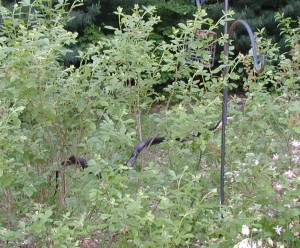
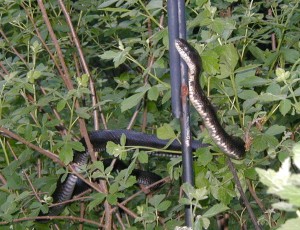
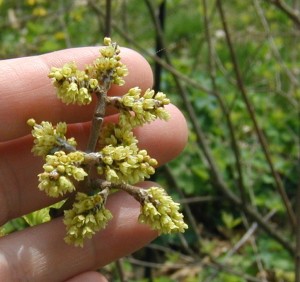

Leaves develop after the crabapple flowers. Its blooming period is about two weeks long. The leaves are small and cute. They occur in triplets with lobed edges and make a beautiful display in the fall.
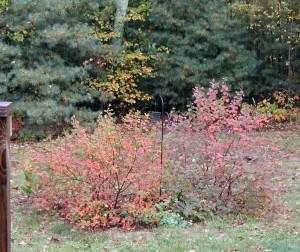
In a way it’s kind of sad to see the trees gone now, but I am looking forward to our fall cabbage crop. If you are looking for a small tree or a big shrub to fill in an area, you might want to give the Sargent Crabapple a try. It’s a pretty tree of a manageable size that gives rise to dainty flowers in the spring and colorful fall foliage. Join the Arbor Day Foundation for the cheapest way to get TEN flowering trees for only $10.


